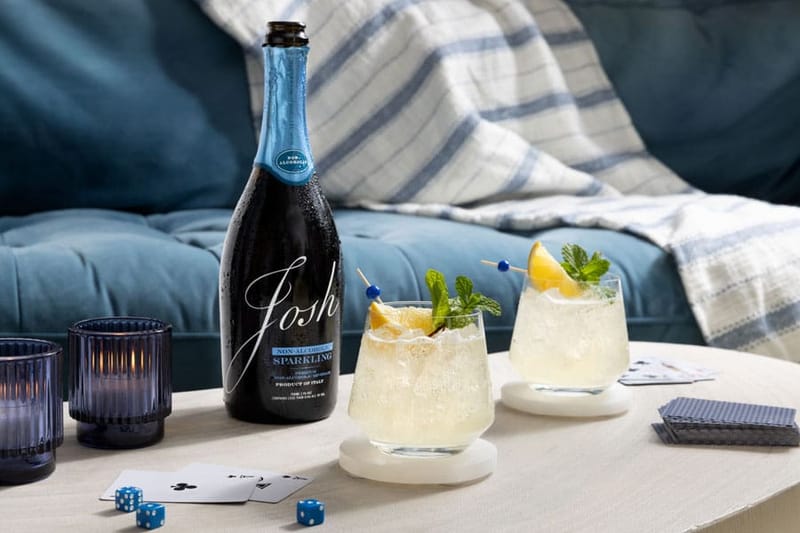Why No-Alc Beverages Are Growing at ABI
Anheuser-Busch InBev said it is experiencing "growing demand" for energy drinks and for beverages that contain low or no sugar. No-alcohol beverages delivered double-digit incremental growth for AB InBev thanks to a rapidly expanding portfolio of options created to fit consumers’ everyday needs, the company said. A-B began
Anheuser-Busch InBev said it is experiencing "growing demand" for energy drinks and for beverages that contain low or no sugar. No-alcohol beverages delivered double-digit incremental growth for AB InBev thanks to a rapidly expanding portfolio of options created to fit consumers’ everyday needs, the company said.
A-B began its no-alcohol journey in 2018 as it noticed no-alc was growing globally, Fernando Campos, global vp-no-alcohol beverages said. Campos explained the rise of no-alcohol beverages as consumers looking for more options for different occasions. "The occasions can range from running errands, to working out at the gym, to being with friends and relaxing at home," he said.
In 2022, global sales for energy drinks were approximately $79 billion and by 2032 this number is expected to reach $150 billion, according to ABI's 2021 annual report. Consumers are drawn to them for many different reasons – it can be someone managing their busy, daily routine or an amateur athlete or online gamer. All are looking for energy drinks that seamlessly fit into their lifestyle.
Consumer demand for no and low sugar soft drinks continues to rise. This market represents about $60 billion globally, according to ABI's annual report, with the U.S. and UK leading in consumption per capita, and we see growing popularity in other markets, such as Brazil and Argentina. In addition to our current offerings, such as Guaraná Antarctica Zero in Brazil, we are exploring more innovative ways to deliver accessible, great tasting, no and low sugar products, he said.
